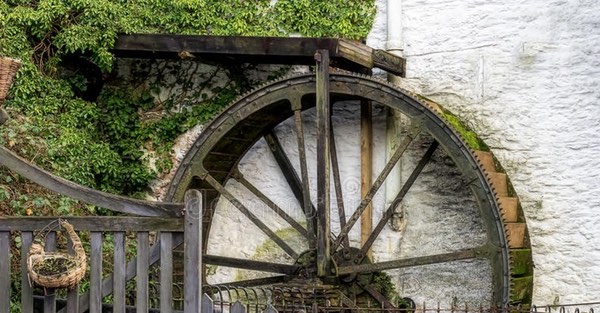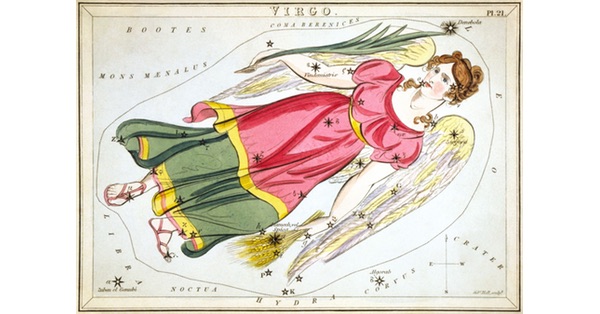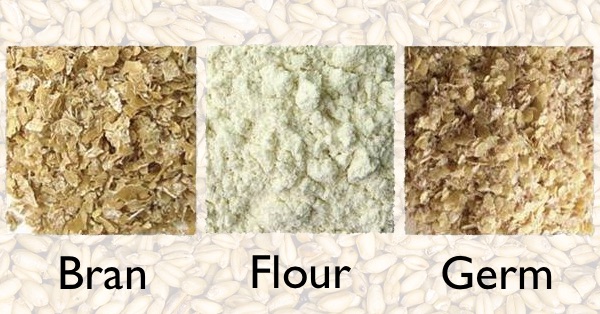
Podcast: Play in new window | Download (Duration: 6:34 — 5.4MB)
Subscribe: Google Podcasts | Spotify | Android | RSS | More
The rotary quern was perhaps the first labour-saving device. Using water power, rather than muscles, to turn the millstone made it even more efficient. Without watermills, it is doubtful whether ancient Romans could have enjoyed their bread and circuses. Because they require capital investment and skilled workers, watermills also set the trend for concentration in the food industry.
Like it? You can support the show directly or via Patreon.



